A trailer or cargo container is capable of transporting almost anything. However, floor loading and palletizing are the two mainstays of the shipping industry regarding cargo loading. Which one, then, best meets your requirements?
Freight “floor loaded” is packed from the ground up without using a pallet. Freight that is palletized gets put onto a truck or container and secured with pallets.
So, If you’re shipping a lot of small items quickly, go with the palletized shipment, but if you’re looking to save money, load everything on the floor.
The following post will go into greater depth on floor-loaded freight versus palletized shipment, so keep reading!
What Is A Floor Loaded Container?

Containers that are floor loaded are those that have not been stacked on pallets and contain goods that have not been palletized. When loading cargo into a container, it is typical to do it on the ground level.
When packing containers, the term “floor stacking” refers to filling every inch of space from the floor to the ceiling.
In most cases, pallets aren’t necessary since the products are too small to warrant their use. Floor load goods can vary in size and shape, but some are huge and ungainly.
What Is Floor Loaded Freight?
The floor-loaded freight is not loaded horizontally on pallets but vertically on the floor of a trailer. For optimal space utilization, companies stack the smallest containers on top. After that, they hang long, thin packages on the wall far to the left or right side of the container.
Packing something tightly won’t allow it to move around as much and is less likely to fall over or break. Loading a wall properly ensures that it will not collapse or cause injury.
How to Unload Floor Loaded Container
When adequately prepared, unloading a cargo container is much simpler than loading one. Either unload it directly on the ground or use a container elevated above it. The phrase “raised container” refers to the fact that after unloading, the shipping container remains linked to the truck’s chassis.
Getting the contents of a high container to the ground may require some manual labor or the use of a pallet truck. Then, the cargo can be extracted from the container using a forklift.
Mobile yard ramps are an additional accessibility solution. Rolling these handy tools into position, temporarily attaching them to the container’s rear, and working them to unload cargo, is a quick and easy process.
What Is A Palletized Container?

A pallet is a transportable base framework for loading products or supplies. The pallet is a solid base for the unit, allowing it to move with minimal effort using a pallet jack, forklift, crane, or other handling devices.
Containers like these come in a wide range of materials, including plastic and wood. It’s worth noting that these containers are universal in design so that they can fit pallets from any brand.
Pallet containers come in a few different shapes and sizes, but the most common type is a square box with a notched cover and base.
What Is Palletizing?
The purpose of palletizers is to stack and organize several products into a single load for more efficient and less expensive storage, shipping, and handling.
Most of the time, palletizers are a component of a more extensive packaging process that includes other machines and steps, such as counting, sorting, labeling, metal detection, and wrapping. As a result, the time and money companies use to transport multiple little objects will reduce by moving one large unit instead.
What is Palletized Freight?
Many shippers make use of pallets when sending packages. Palletization is a type of container consolidation that enables the shipment of numerous smaller packages in a single large unit.
As a result, the overall unit is sturdier than the individual small containers. For this reason, many believe that their goods will be safer in transit if they use this mode of transportation.
Pallets also serve an essential function by elevating goods above the ground of the container during transport. The contents of the container will keep them dry in case of a leak. Pallets may easily fit inside containers because they are all standardized to the same global size.
Difference Between Floor Loaded and Palletized
With either a full truckload or less than a truckload, you can choose between floor loading and palletizing transport. To be consistent, however, shippers use only these two loading procedures. Floor loaded shipments could be the better and cheaper option for large bulky items, whereas palletized shipping would be more ideal for smaller or more fragile shipments.
Each has benefits and drawbacks, so it can be hard to say which is better without a personalized quote from one of our trained professionals. A trained professional can choose between the two options when they know their main distinctions and have an understanding of the items being shipped.
Read on to learn what sets these two approaches apart so you can decide based on your needs and preferences.
Pros and Cons of Floor Loaded Shipment
Floor-loaded shipments are a common way to transport bulky objects like tires, rugs, and pipes. This method of loading may not be suitable for all products. Fragile items or things that perish quickly cannot risk the potential damage of being floor loaded—the potential for damaged goods increases under these conditions.
Remember that shipping rates are lower for items that can handle floor loading. That’s because you’ll only have to pay for the container rather than extra shipping materials such as pallets, boxes, bubble wrap, temperature control, etc.
- Pros
-Possibilities of Having Granular Distribution;
-Additional Space for Things to Put;
-Cost reductions for the various types of packing materials.
- Cons
-Increased Lengths of Time Spent Waiting;
-Expenses Related to Labor Continue to Grow;
-Can be harsh for Sensitive Items
Pros and Cons of Shipping on Pallets
Palletization is a method of consolidating many smaller containers into a single bigger one. A packed palette is stronger tied together than if the contents were shipped loose. Because of this, some find this mode of cargo handling preferable.
Pallets have the additional benefit of keeping cargo off the container floor. If water gets into the container by mistake, this safety mechanism will go into effect. Additionally, the regular size of the pallets makes them an excellent fit for shipping containers.
- Pros
-Perfect for Double-Stacking;
-Faster Time Required to Load and Unload;
-Damage Reduced.
- Cons
– Pallet Requirements;
-Only Available in Bulk Form;
-Dumped Product.
Best Practices
In this context, “best practice” refers to a specific method or set of applicable rules. For example, discuss best practices when inquiring how to do a task or set up a device.
A governing body or an organization may define or adopt stringent best practice requirements. Best practices can also be provided formally by manufacturers, informally by word of mouth, or formally by publication and guidelines.
As such, read on to pick up some tips on adequately implementing Floor Loaded and Palletizing.
Floor Loaded Best Practices
Picking a floor load requires some planning and consideration. Be aware that the items inside this package are subject to change. It’s important to remember that heavy things go to the bottom of the pile and lighter things go on top.
You may secure your stuff with straps and bars, which can replace polyethylene. Polyethylene is standard for maintaining a pallet’s stable and uniform shape. Straps secure the items so they don’t shift around during travel.
Palletizing Best Practices
The loading procedure is distinct from other types of freight, and almost all transportation companies use it. Likewise, this is a critical step when handling cargo containing a variety of items.
Pancaking during shipping can result in significant and costly damage if not avoided. Finding a middle ground between the loads is necessary to prevent damage to either side.
The Floor Loaded vs. Palletized Debate: How to Decide
The advantages and disadvantages of Floor-loaded and Palletized containers are comparable. However, your available shipping time and budget will determine the most efficient choice.
Palletized containers are the ideal option if speed and cost are equally important. Shipping costs for palletized cargo will add up to be greater than those for floor-loaded cargo. Load and unloading times for palletized freight will be drastically less.
If you have more leeway with your schedule, floor-loaded cargo is the way to go. Labor costs will be higher than palletized freight, but you won’t have to worry about as many deliveries if you’re shipping many individual items.
It takes more time to load and remove cargo from the floor. However, floor load is another wonderful option when sending items too large to fit on a pallet.
Morning Star Will Manage Your Shipping Expenses
You can trust Morning Star Transport to promptly get your shipment to its destination using any route you want. Thanks to our extensive network of contacts around the country, we can address the logistical hurdles you and your shipment may face. We can move anything you require, wherever it needs to go. In addition, you may see the many services we provide on the pages dedicated to them. To learn more about our offerings, kindly get in contact with us.
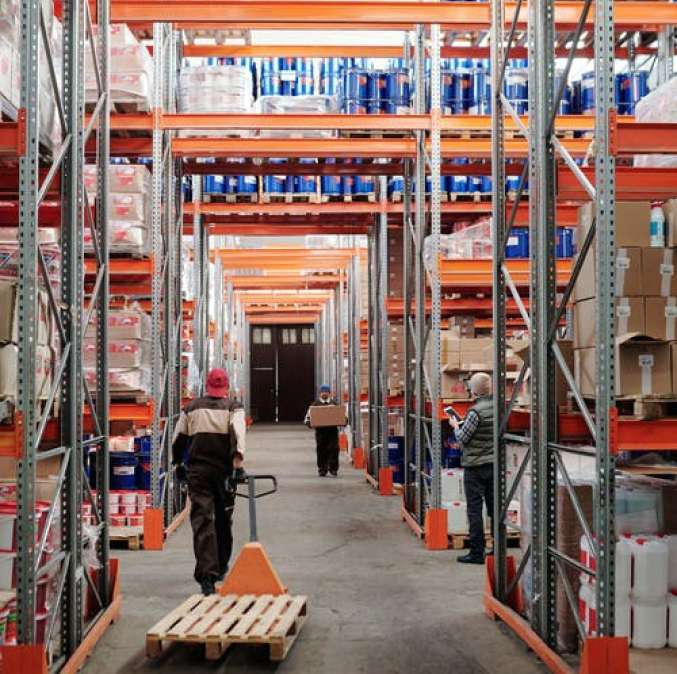

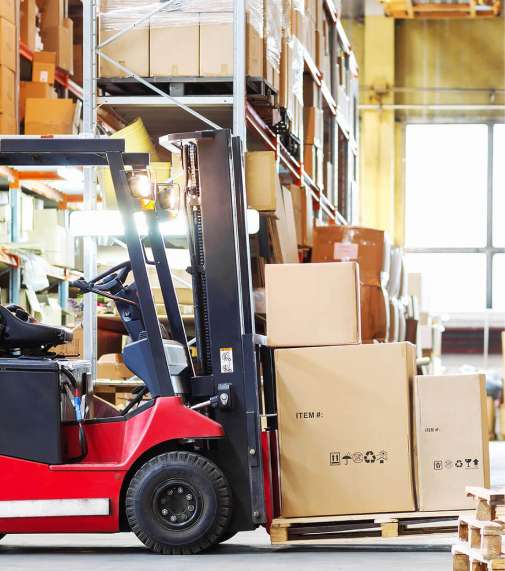
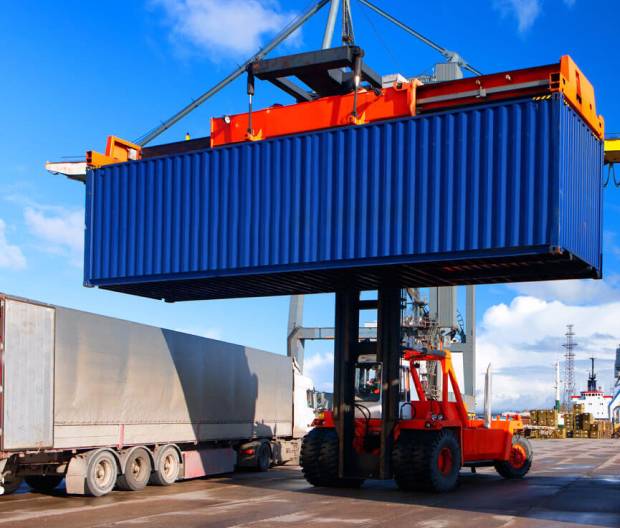
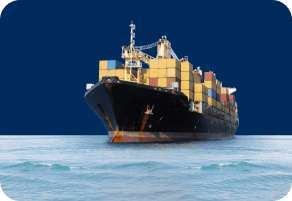
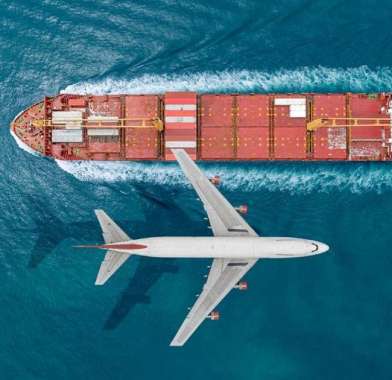
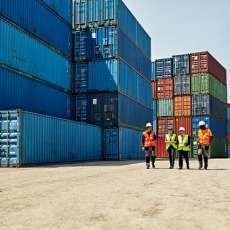

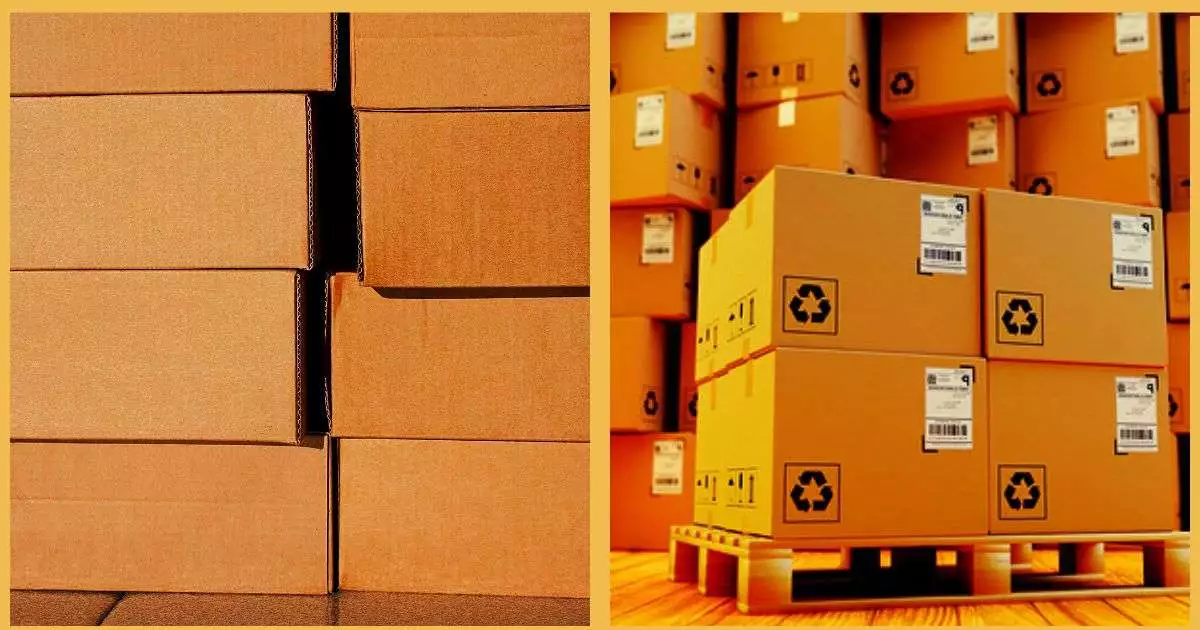
 iMedPages
iMedPages